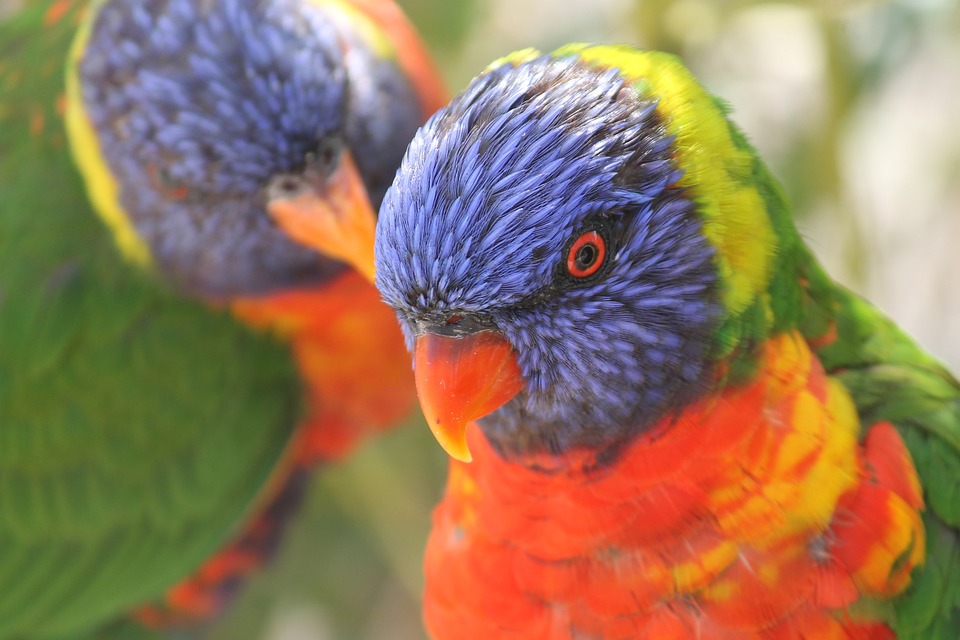Parrots are highly intelligent and curious creatures, constantly seeking mental stimulation and new experiences. Recognizing signs of curiosity in your parrot is crucial for their overall well-being and happiness. By understanding their behavior and providing new exploration opportunities, you can ensure that your feathered friend stays mentally and physically stimulated.
There are several signs that indicate when a parrot is feeling curious. Vocalizations and body language play an important role in communicating their curiosity. Parrots often vocalize when they are curious about their surroundings, imitating sounds they hear or using different vocalizations to express interest. Head bobbing and raised feathers are also common signs of excitement and interest. Additionally, when a parrot is curious, their pupils may dilate, and they will have a keen and focused gaze on the object or situation that has caught their attention.
Exploratory behavior is another key indicator of curiosity in parrots. They will actively investigate objects in their environment, using their beaks and feet to touch and manipulate different items. Increased climbing and flying behavior can also be signs of curiosity and a desire to explore new areas.
Social interaction is an important aspect of a parrot’s life, and curious parrots often exhibit increased playfulness. They may engage in playful behavior such as hanging upside down, rolling on their back, or playing games with their toys or human companions. Seeking attention is another way that curious parrots express their curiosity, actively approaching their owners, calling out, or performing tricks.
To provide new exploration opportunities for your parrot, it is important to regularly rotate their toys. Parrots can quickly get bored with their toys, so introducing new ones every few weeks can keep their environment fresh and exciting. Offering a variety of textures and materials in their toys, such as wood, rope, or safe chewable plastics, can also satisfy their curiosity.
Enriching the environment is another effective way to provide exploration opportunities. Creating a bird-safe play area with perches, ladders, and interactive toys encourages exploration and provides mental stimulation. Foraging opportunities can also be incorporated by hiding treats or small toys within foraging toys or puzzle feeders. This engages their natural foraging instincts and keeps them mentally challenged.
Training sessions not only provide mental stimulation but also strengthen the bond between you and your parrot. Teaching them new tricks or engaging in interactive play sessions can be highly enriching. If possible, allowing your parrot to interact with other parrots in a safe and supervised environment can also provide valuable mental and social stimulation.
In conclusion, by recognizing signs of curiosity in your parrot and providing new exploration opportunities, you can keep your feathered companion mentally stimulated and happy. Remember to regularly rotate toys, enrich their environment, engage in training sessions, and consider social interaction opportunities to ensure a fulfilling and curious life for your parrot.









